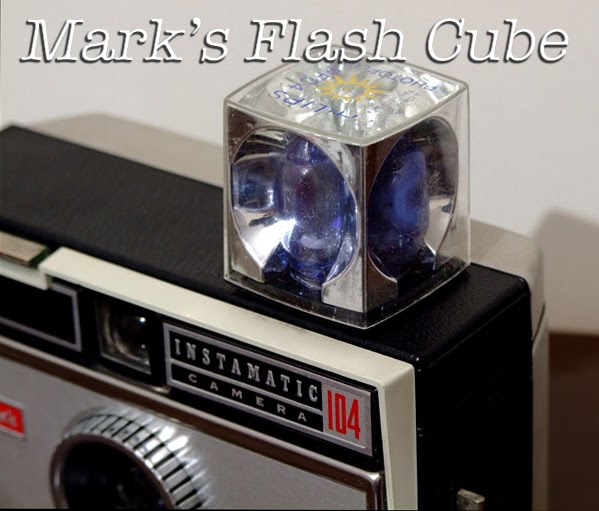After three decades as a Nikon SLR shooter, I’m going to sell my Nikon gear and move into the Fuji system. Following some long Shakespearian soliloquies, I finally made the leap and bought a Fujifilm X-E2 mirrorless camera.
Holy smoke, what a little beauty. It has a classic rangefinder-style look, is very well-built, and offers a host of amazing electronic features (a couple of my favs: live histogram and focus scale with depth of field indicator in the electronic viewfinder). In combination with widely-admired high-quality Fuji X-series lenses, its innovative X-trans sensor (16mp APS-C) produces remarkable image quality with superb clarity and low noise even at higher ISOs (I was astounded at how good 6400 can look). It weighs very little compared to my up-armored DSLR kit, and will make carrying my camera gear much less arduous and the photography experience that much more joyful. In short, I’m very excited about exploring this new corner of the digital photography world and I’ll be posting useful resources as I find them.
For starters, Rico Pfirstinger is a photographer who writes guides to Fuji X-series cameras and blogs at the Fuji Rumors site. Rico’s blog is called X-pert Corner and he frequently offers very substantial and useful instruction on how to get the most from these particular cameras.
There are also several user forums in which Fuji X-series photographers share experiences, answer questions, brag and argue.
"The Fuji guys" offer a series of videos showing off the camera and its various features. Ben Jacobson also has a video introduction to the camera, as does Ralf the German dude, and these characters who are clearly too cool for school.
More later.
Holy smoke, what a little beauty. It has a classic rangefinder-style look, is very well-built, and offers a host of amazing electronic features (a couple of my favs: live histogram and focus scale with depth of field indicator in the electronic viewfinder). In combination with widely-admired high-quality Fuji X-series lenses, its innovative X-trans sensor (16mp APS-C) produces remarkable image quality with superb clarity and low noise even at higher ISOs (I was astounded at how good 6400 can look). It weighs very little compared to my up-armored DSLR kit, and will make carrying my camera gear much less arduous and the photography experience that much more joyful. In short, I’m very excited about exploring this new corner of the digital photography world and I’ll be posting useful resources as I find them.
For starters, Rico Pfirstinger is a photographer who writes guides to Fuji X-series cameras and blogs at the Fuji Rumors site. Rico’s blog is called X-pert Corner and he frequently offers very substantial and useful instruction on how to get the most from these particular cameras.
There are also several user forums in which Fuji X-series photographers share experiences, answer questions, brag and argue.
"The Fuji guys" offer a series of videos showing off the camera and its various features. Ben Jacobson also has a video introduction to the camera, as does Ralf the German dude, and these characters who are clearly too cool for school.
More later.









